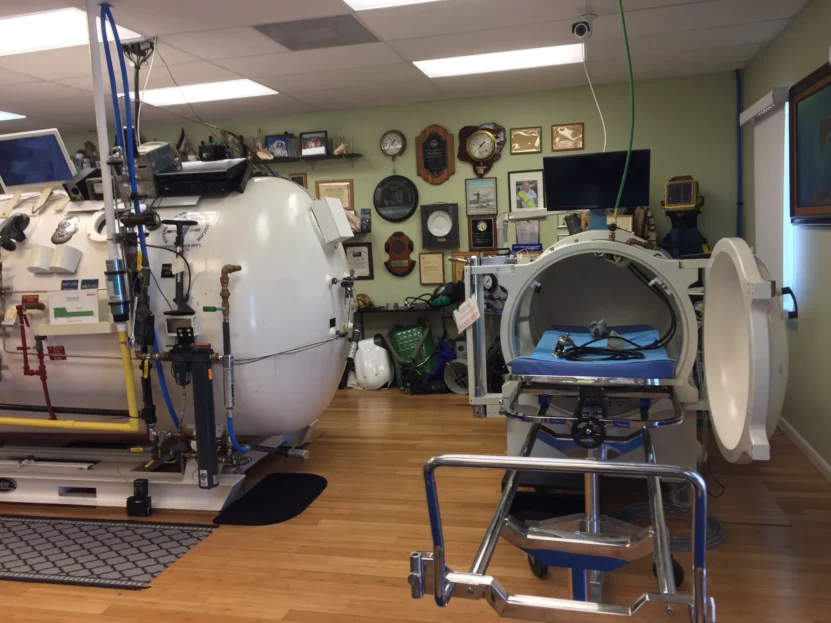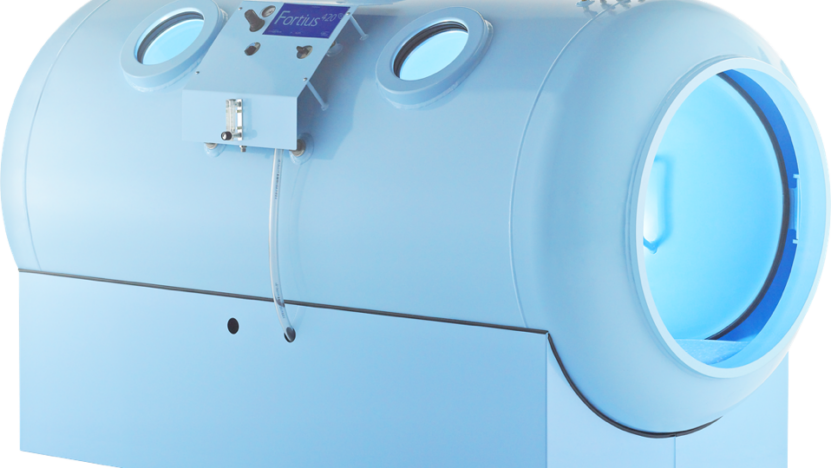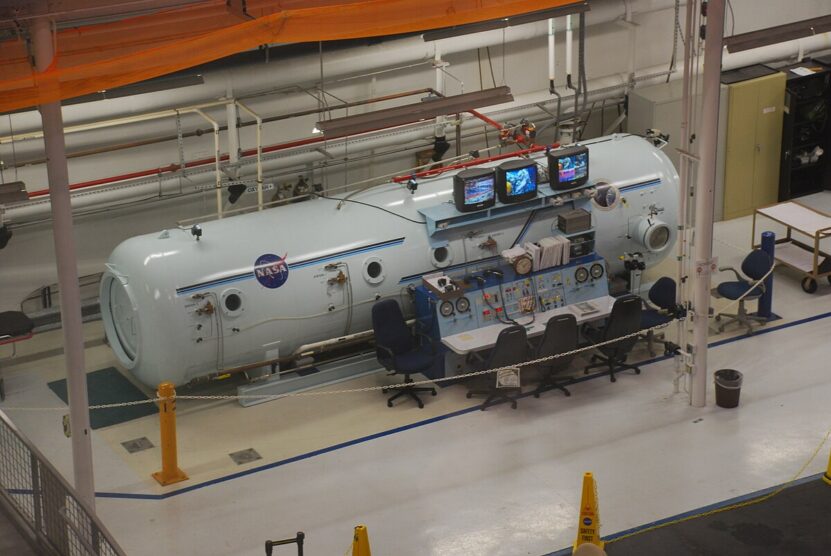Building a hyperbaric chamber is a complex and ambitious project that demands a high level of technical skill, a thorough understanding of physics and engineering principles, and a deep commitment to safety.
Hyperbaric chambers are used to administer hyperbaric oxygen therapy (HBOT), a medical treatment in which a patient breathes 100% oxygen while inside a pressurized chamber, significantly increasing the oxygen concentration in the blood and tissues.
While commercial hyperbaric chambers are manufactured to meet stringent medical and safety standards, constructing a DIY version can be a fascinating challenge for experienced enthusiasts who are keen on engineering, physics, and medical technology.
Understanding Hyperbaric Chambers
Before embarking on such a project, it’s crucial to understand the basics of how hyperbaric chambers work. These chambers can be broadly classified into two types: monoplace, where only one person can be treated at a time, and multiplace, which can accommodate multiple patients. The principle behind their operation is simple: by increasing atmospheric pressure inside the chamber, oxygen is dissolved into the bloodstream at a higher rate than under normal atmospheric conditions. Learn more about these two types at oxynergy2.com.
The Importance of Design
The design phase is arguably the most critical step in building a hyperbaric chamber. A well-thought-out design not only ensures the functionality of the chamber but also, more importantly, the safety of its occupants. Considerations must include the shape of the chamber, the materials used, the source of pressurization, and the oxygen delivery system.
Shape and Materials
The most common shapes for hyperbaric chambers are cylindrical and spherical, due to their ability to evenly distribute the stress caused by internal pressure. The choice of material is critical and will depend on the intended pressure level within the chamber. Common materials include steel, aluminum, and certain composites, each with its own advantages and trade-offs in terms of strength, weight, and workability.
Pressurization and Oxygen Delivery
The pressurization system must be robust and reliable, capable of safely reaching and maintaining the desired pressure level. This often involves sophisticated mechanical and electronic components to regulate pressure and ensure safety. The oxygen delivery system, whether it involves breathing masks or a fully oxygenated environment, must also be designed with care to prevent the risk of fire, which is significantly heightened in pure oxygen environments.
Safety First

Safety cannot be overstressed when building a hyperbaric chamber. The potential hazards range from minor injuries due to improper use to catastrophic failures leading to explosions or implosions. Incorporating multiple redundant safety features is essential, including emergency pressure release valves, fail-safe door locks, and fire suppression systems. Regular testing and maintenance routines must also be established to ensure long-term safety and reliability.
Pressure Management
Managing pressure involves not just reaching the desired treatment pressure but also ensuring a smooth and safe pressurization and depressurization process. This includes both mechanical systems to control the pressure and safety protocols to handle any potential failures or emergencies.
Fire Safety
Given the use of pure oxygen, fire safety is a critical concern. Materials used inside the chamber should be non-flammable, and any electronic devices need to be specially designed to eliminate the risk of sparking. Fire suppression systems should be in place and capable of extinguishing any fire without endangering the chamber’s occupant.
The Construction Process
Constructing a hyperbaric chamber involves a series of intricate steps, each demanding attention to detail and adherence to safety standards. This process typically involves the fabrication of the chamber body, installation of the pressurization and oxygen systems, and integration of safety features.
Fabrication of the Chamber Body

The fabrication process requires precision engineering and high-quality materials. Welding and joining techniques must be chosen carefully to ensure airtight seals and the ability to withstand the pressures involved. The construction of the door is particularly crucial, as it must provide a secure seal while allowing for easy and safe operation.
Installation of Systems
Installing the pressurization and oxygen delivery systems is a complex task that often involves custom-made components. The pressurization system needs to be calibrated to provide precise control over the chamber’s internal pressure, while the oxygen system must deliver a consistent and safe oxygen supply to the occupant.
Testing and Validation
Once construction is complete, rigorous testing is essential to validate the chamber’s safety and functionality. This includes pressure testing to ensure the chamber can safely reach and maintain the desired pressure levels, as well as testing of all safety systems and protocols.
Pressure Testing
Pressure testing is typically performed in stages, gradually increasing the pressure to the chamber’s maximum intended level. This process helps identify any potential weak points or leaks in the chamber’s structure.
Safety System Testing

Testing the safety systems involves simulating various failure scenarios to ensure that the chamber’s safety features activate correctly. This can include testing emergency pressure release valves, door lock mechanisms, and fire suppression systems.
Ethical and Legal Considerations
Building a DIY hyperbaric chamber involves significant ethical and legal considerations. The use of such a chamber for medical treatment, without the oversight and approval of relevant regulatory bodies, can pose serious risks. It is essential to understand and comply with local laws and regulations regarding the construction and use of medical devices.
Regulatory Compliance
In many jurisdictions, hyperbaric chambers are classified as medical devices and are subject to strict regulatory standards. Compliance with these standards is essential not only for safety but also to avoid legal penalties.
Medical Supervision
Using a hyperbaric chamber for medical treatment should always be done under the supervision of a qualified healthcare professional. Self-treatment or unsupervised use can result in serious injury or death.
Closing Thoughts
Building a hyperbaric chamber as a DIY project is an enormous challenge that should not be undertaken lightly. It requires a deep understanding of engineering, physics, and safety principles, as well as a commitment to meticulous planning and execution. While the technical and intellectual rewards of such a project can be significant, it is crucial to prioritize safety and legality above all else. Those considering such a project should carefully weigh the risks and ensure they have the necessary skills, resources, and oversight to proceed safely.
